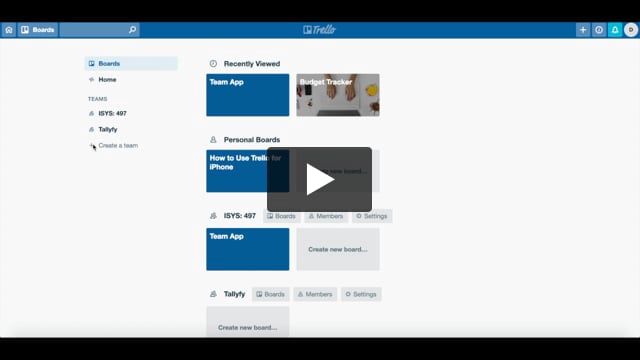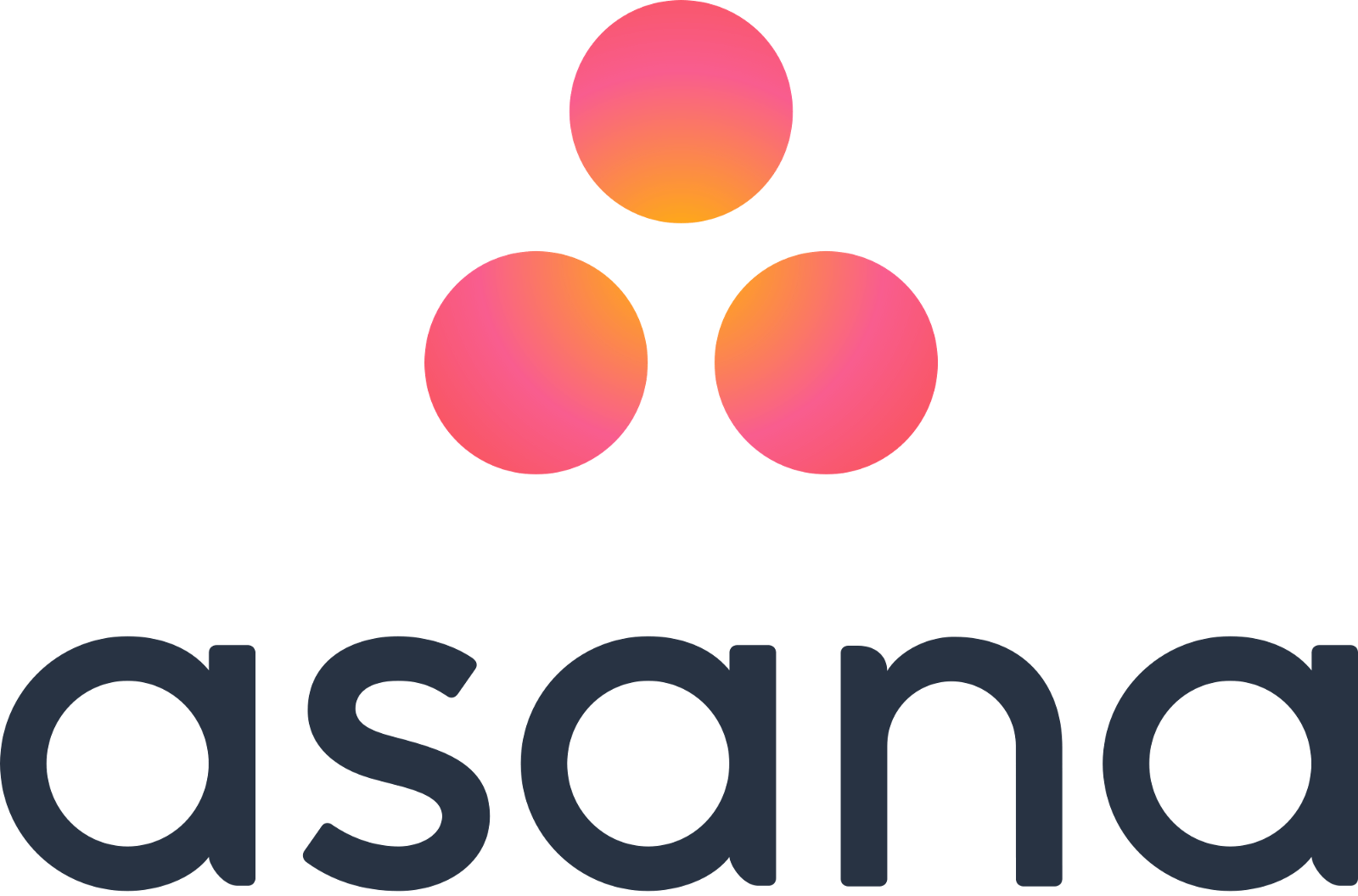Finding the right project management tool is difficult. I’m here to make the process simple. Read on to find great alternatives to Wrike, including one that isn’t even a project management tool.
Wrike
If you’re reading this article, chances are you’re not entirely satisfied with Wrike. If not fully satisfied, you’re at least thinking about testing the waters to see what Wrike alternatives are out there. With dozens of project management tools available, it may seem hard to even know where to start.
Have no fear. This article is going to cover some of the best alternatives to Wrike, including one that may surprise you. Read on to start your journey to finding the perfect tool for your organization.
Why You Might Need a Wrike Alternative
Wrike is a great tool. It wouldn’t be such a popular option in an overcrowded market if it wasn’t. That being said, Wrike may not be the best project management tool for your organization. Here’s a list of some common pushback factors for people that use Wrike.
The Free Plan is Pretty Limited
Wrike’s free plan isn’t the best among its peers. Wrike is geared more for mid to enterprise-sized businesses. Free Wrike plans only allow 5 team members, which is pretty small.
Wrike also prides itself in its use of Gannt charts, a feature that isn’t offered in the free plan.
The free plan also offers only up to 2GB of storage space, lacks advanced integrations like Microsoft Excel, and doesn’t offer calendar or time-tracking features.
It has a Learning Curve
Wrike isn’t the easiest project management tool to learn. While many alternatives focus on being very user-friendly, Wrike prides itself more in the features that it offers.
If you are unfamiliar with project management, or are looking for a tool for smaller/simpler projects, there are better options out there for you.
Paid Plans are Comparatively Expensive
As mentioned above, Wrike targets more mid to enterprise-sized businesses, i.e. businesses with larger budgets.
Wrike offers a lot of features, but if you aren’t able to afford $9.80/user per month for their most basic paid plan, you’re out of luck. This paid plan also lacks a lot of valuable features that their business plan offers, which is $24.80/user per month. These prices can certainly be limiting. You can check them out here.
Let’s Take a Look at The Competition.
1. Trello
Simplicity is the name of the game for Trello. Trello is a project management tool known for being easy to learn and very user friendly. That being said, Trello lacks some of the more advanced features that Wrike offers. Check out this demo of Trello:

Pros:
Scalable free plan — Trello is so popular because its free plan can be scaled up to any size. This means unlimited boards and unlimited team members, which is great.
Very easy to learn — Trello is also popular because anybody can use it. It values simplicity, and its brand communicates this to potential customers. Trello adopts a simple Kanban approach to project management, which is very visual and easy to pick up.
Paid plans are cheaper than Wrike — Unlike Wrike, Trello offers one paid plan. When billed annually, this plan comes out to $9.99/user per month. This is comparable to Wrike’s basic paid plan’s price, but this plan offers all of Trello’s features (Wrike’s basic plan does not include all Wrike features).
You can check out Trello’s pricing here.
Cons:
Free plan has limited features — While Trello’s free plan can be scaled to any size, it is pretty basic. Most of Trello’s best features, like unlimited Power-Ups, customization, and exporting data as JSON or CSV.
Not good for enterprise business — Valuing simplicity comes at a price. Since Trello markets itself as an easy-to-learn/easy-to-use option, they can’t clutter their product with tons of options. Larger organizations will likely need some more advanced features that Trello simply doesn’t offer. These features include dependency management, time-tracking, and reporting.
Trello is great for teams that value simplicity and don’t need too many features.
2. Asana
Asana is similar to Wrike in the fact that they both offer advanced features, but can be difficult to learn. Still, the two have some notable differences. Let’s take a look at how Asana stacks up.
Pros:
Asana offers a free plan — Unlike Wrike, Asana’s most basic plan is free-to-use for teams of up to 15 people. Asana’s paid plans are also cheaper. Its most basic paid plan is comparable to Wrike at $9.99/user per month, and its business plan is only $19.99/user per month when billed annually.
You can check out Asana’s pricing here.
Asana is more flexible than Wrike — Asana directly claims they’re a more flexible option than Wrike. They explain that while Wrike gives you a predefined structure to work with, Asana lets you plan and manage projects in a structure that works best for your team’s unique needs.
Asana links well with other software — Asana has focused on offering ways to integrate projects with platforms like Slack, Salesforce, and Microsoft Outlook. In fact, Asana’s made a list of all of the apps that they can integrate into.
Cons:
Asana is notoriously complex — Asana has the opposite issue as Trello. That is, since Asana offers so many features, it can be a bit overbearing. If the user isn’t well-versed in project management, Asana projects can quickly become too big and complex to keep track of.
Tasks can only have one assignee — While tasks can have multiple followers, they can only be assigned to one person. This can certainly be limiting to some organizations.

Asana is great for smaller teams that need a lot of features.
3. Jira
Jira is pretty similar to Trello in the fact that it takes a Kanban approach to project management. Coincidentally, they were developed by the same company — or to be more precise — Atlassian acquired Trello. Jira also allows for the installment of numerous plug-ins, such as Gantt charts, which can make the product more similar to Wrike.
Pros:
Great for software development teams — Jira provides nice templates for scrum workflows, an agile software development framework. This makes Jira a particularly attractive choice for software dev teams.
Paid plans are very cheap — While Jira doesn’t have any free plans, their paid plans are cheap when compared to the competition. Depending on how many users are on your team, the price ranges from $1/user per month to $7/user per month. They have a handy calculator to help you figure out how much it would cost your team.
Offers both cloud and self-managed plans — Whether you are wanting to host data on your own server or not, Jira has the flexibility to meet your back-end needs.
Cons:
No free plan — While their cheapest plan is very cheap ($10/month for teams of up to 10 users), it still means you’ll have to get your credit card out. The pricing of their paid plans is tiered and pretty different from most project management tools.
Ticket management is not project management — JIRA has it’s roots in IT helpdesk and ticketing, and it shows.
Can be difficult to learn — One of the most common complaints from Jira users is that it can be hard to learn for those who are less experienced in project management software. Many feel the interface isn’t very user-friendly as well.

Jira is great for software dev teams and more experienced project managers.
4. GanttPro
GanttPro is a great option if you’re a smaller company that loves Wrike’s Gantt charts. GanttPro, of course, focuses on the Gantt chart approach to project management.
Pros:
Great for small teams — GanttPro offers Gantt-based project management at a cost that’s great for smaller teams. It costs $15/month for individuals, and team plans cost anywhere from $5.90/month per user to $7.90/month per user. This is quite a bit cheaper than any of Wrike’s plans.
Highly focused on Gantt — If you know that Gantt charts are the approach your team wants to take to project management, GanttPro is a great option. This is because their product is highly focused on one thing: perfecting Gantt chart software.
Cons:
Plans don’t scale up well — While GanttPro’s team plans are great for small teams, their largest plan only allows for 15 users. If you are wanting more than 15 users, you’ll have to contact them with a unique request.
Only offers annual billing — If you choose to go with GanttPro, you’re making a bit of a commitment. Their plans are only priced annually, meaning you have to pay for all 12 months at once.
Less integrations than other alternatives — While many of the big players like Asana have dozens of apps they integrate with, GanttPro doesn’t integrate well with a lot of the more popular apps. They are working on improving this, however.

GanttPro is great for smaller teams that love using Gantt charts.
5. Tallyfy
Tallyfy is a little more of an unconventional Wrike alternative, but let me explain why it might work for your team.
Project Thinking vs. Process Thinking
Project management tools are great for working on projects, but what is a project exactly? Projects are temporary ventures that aim to create a unique product, service, or result. They are unique, one-off things that will be always be different from one another.
There’s a common theme of businesses using project management software for things they are doing repeatedly. Things that your business does over and over again, and are done the same way every time, are processes, not projects.
Tallyfy is a solution that focuses on managing things that are done over and over and over again, AKA repeatable processes. If you find you’re using Wrike for the same thing repeatedly, Tallyfy is the Wrike alternative for you.
Pros:
Able to create useful templates — Tallyfy allows users to create templates, which are like recipes of any repeatable process. Templates establish the steps that are repeated every time a process is carried out. They’re super useful for businesses who find themselves repeating the same tasks over and over again.
Great plans, including free — The free plan allows for unlimited guests to be invited to your processes, as well as creation of unlimited templates. They also provide basic, pro, and enterprise plans, depending on your organization size. Check out their plans here.
Easy to set up and integrate — Tallyfy prides itself as being the only process management software that anyone can start using in 60 seconds, and it’s true. Upon creating a free account, I was able to have my first template up and running in a matter of seconds!
If you want to run processes – you need Tallyfy – go to the homepage of this site to learn more.

Auto-document and track workflows with other people in real-time
